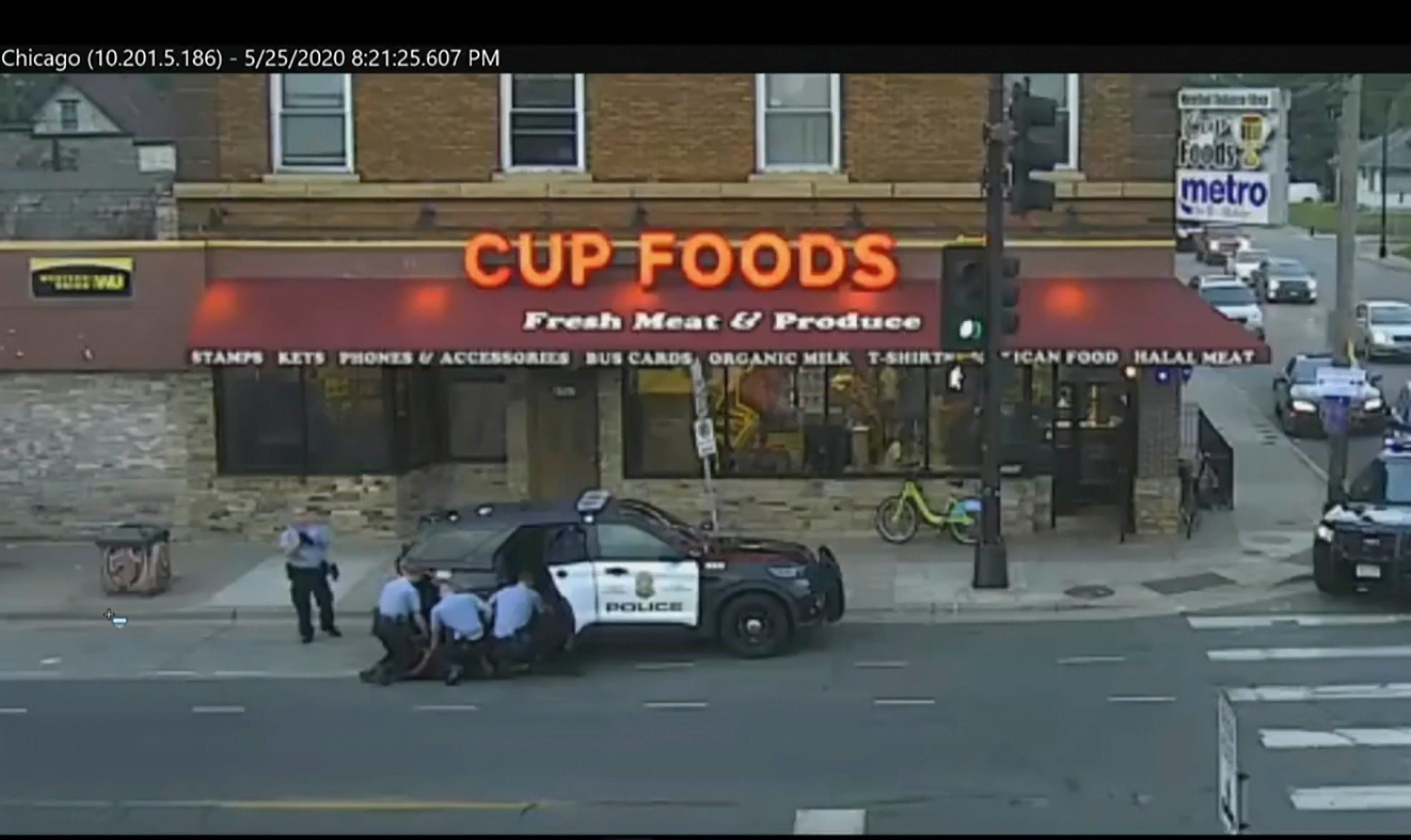Police training boss says Derek Chauvin used an ‘improvised’ neck hold: ‘That is not what we train’
Officers are trained in neck restraints, but not to kneel on someone’s neck, the former training commander said

The official who commanded the Minneapolis police department’s training division said former officer Derek Chauvin wasn’t following any department guidelines when he kneeled on George Floyd’s neck for minutes on end last May during his fatal arrest.
“Per policy, a neck restraint is compression of one or both sides of the neck using an arm or a leg,” Katie Blackwell, who is now an inspector in the department, said in testimony on Monday. “What we train is using one arm or two arms to do a neck restraint. I don’t know what kind of improvised position that is. That’s not what we train.”
Mr Chauvin, who was fired from the Minneapolis police department shortly after Mr Floyd died, is facing murder charges stemming from the fatal arrest.
Ms Blackwell has known Mr Chauvin for nearly two decades, and she described the sorts of long-running training policies both of them were exposed to as they rose through the ranks in the Minneapolis police department. Mr Chauvin eventually became a field training officer who worked with new recruits.
She said that throughout her time in the department, officers have been trained in basic medical care, including the risks of “positional asphyxia,” someone not getting enough air if their body is overly restricted during an arrest.
“We were taught positional asphyxia all the way back in my academy,” she said.
Read more:
The state of Minnesota’s case is that Mr Floyd essentially experienced positional asphyxia when officers knelt on his neck and back for minutes while he was being arrested last May.
During arguments, the state also put forward documents showing Mr Chauvin had received more than 40 hours of “crisis intervention” training for working with people experiencing mental health, drug, or emotional crises, as well as how to use medications like naloxone to stop opioid overdoses in progress. He also helped train new recruits to the Minneapolis police force.
Ms Blackwell’s testimony echoed that of the Minneapolis chief of police, Medaria Arradondo, which was offered earlier in the day on Monday. He was equally adamant that Mr Chauvin’s tactics didn’t reflect any kind of sanctioned use of force.
“Theres an initial reasonableness in trying to get him under control in the first few seconds,” Mr Arradondo continued. “Once there was no longer any resistance, and clearly when Mr Floyd was no longer responsive and even motionless, to continue to apply that level of force to a person proned out, handcuffed behind their back, that in no way shape or form is by policy, is not part of our training, and is certainly not part of our ethics or values.”
The defence, meanwhile, argued that these same standards leave officers room to take a wide variety of responses, including the use of force, to rapidly respond to changing situations during an arrest.
“The use of force has no precise, objective, singular rule,” attorney Eric Nelson said during questioning. “It’s different in every case.”
Mr Nelson emphasized a number of factors that were present the day Mr Floyd was fatally arrested that could suggest a tense situation calling for force, such as an angry crowd, a suspect who had a hard time understanding commands from officers, and the belief from some officers that using force itself can de-escalate a situation.
Join our commenting forum
Join thought-provoking conversations, follow other Independent readers and see their replies
Comments
Bookmark popover
Removed from bookmarks